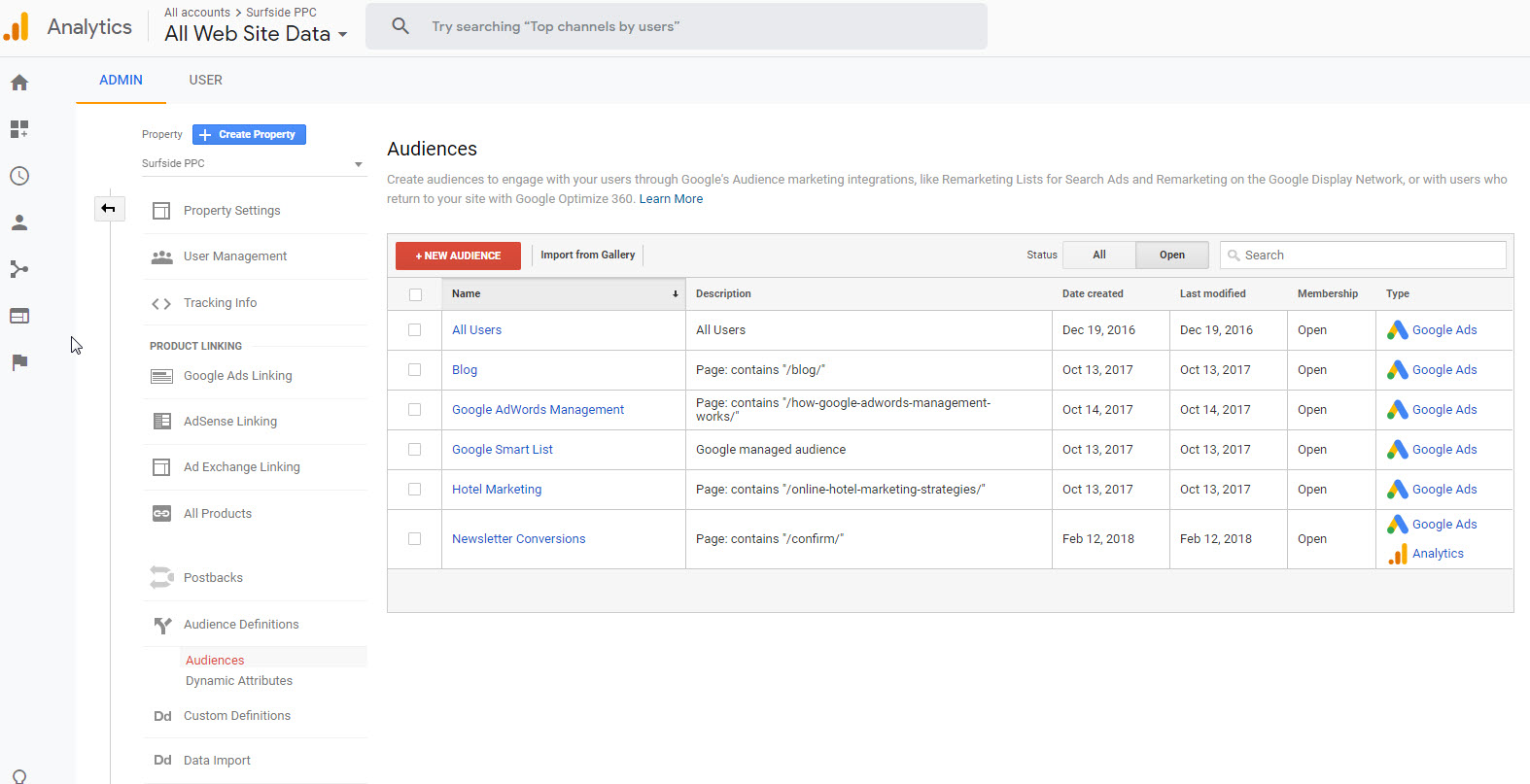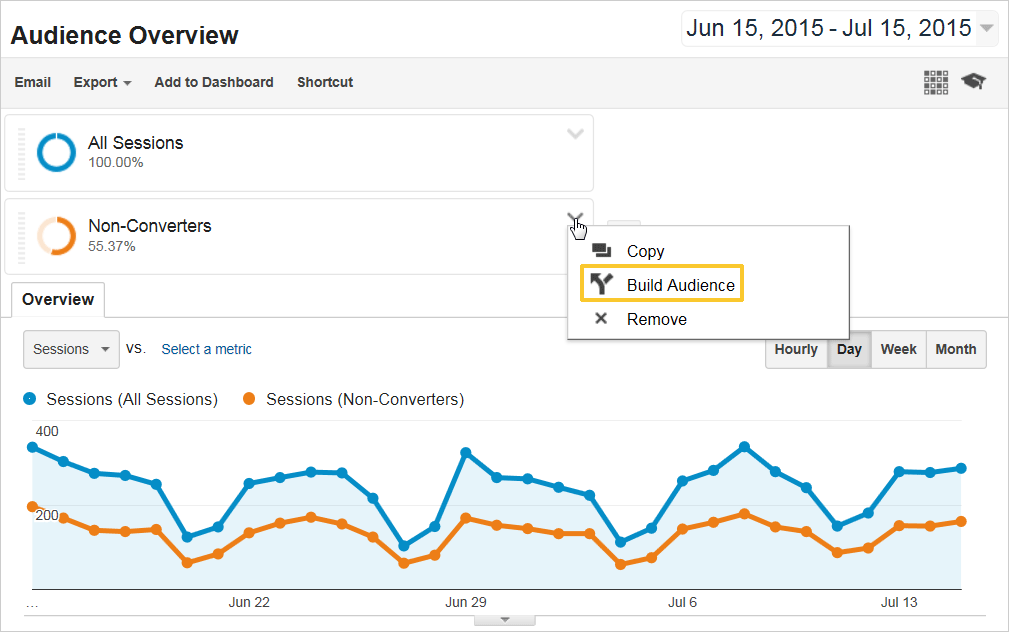Key Features of Remarketing In Google Analytics Explained
Key Features of Remarketing In Google Analytics Explained
Blog Article
Harnessing Remarketing in Google Analytics: A Comprehensive Overview
Utilizing remarketing in Google Analytics supplies organizations a critical edge in reaching out to prospective clients. The capacity to target people who have actually currently connected with your site presents an one-of-a-kind possibility for customized advertising initiatives. By comprehending how to craft audience checklists and release them efficiently, organizations can considerably enhance their conversion rates. The complexities of establishing up and optimizing remarketing projects require a detailed understanding of target market segmentation and efficiency evaluation. This overview will drop light on the vital steps included in using the full potential of remarketing in Google Analytics, causing improved advertising end results.
Comprehending Remarketing in Google Analytics
Remarketing in Google Analytics allows services to strategically target customers who have actually formerly interacted with their web site or mobile app. By leveraging information from Google Analytics, businesses can produce tailored remarketing listings based upon user behavior, such as web pages visited, activities taken, or details goals achieved. This powerful tool makes it possible for organizations to re-engage with customers who have actually shown rate of interest in their solutions or products, ultimately enhancing the chance of conversion.
Comprehending the different kinds of remarketing strategies is important for an effective project - What Is “Remarketing” In Google Analytics?. Google Analytics uses different choices, including common remarketing, vibrant remarketing, and remarketing listings for search ads (RLSA) Each type serves a distinct purpose and can be customized to meet specific advertising goals
Moreover, analyzing the efficiency of remarketing projects is important for maximizing outcomes. Google Analytics provides beneficial insights into the effectiveness of different remarketing strategies, allowing businesses to make data-driven choices and refine their targeting approach. By continually changing and checking remarketing initiatives based on analytics information, services can maximize ROI and drive success in their marketing initiatives.
Establishing Remarketing Projects

After establishing up target market lists, the next action is to link Google Analytics with Google Ads. By linking these two systems, companies can flawlessly move target market checklists from Google Analytics to Google Advertisements for remarketing objectives. This integration allows for more accurate targeting and much better project performance.
Once the accounts are linked, businesses can produce remarketing projects in Google Ads using the audience provides previously defined in Google Analytics. These campaigns can be tailored with details advertisement creatives, messaging, and bidding methods to properly re-engage with previous site visitors and drive conversions. By adhering to these actions, organizations can take advantage of the power of remarketing to boost their advertising and marketing efforts and boost ROI.
Using Audience Division Approaches

Predefined segments in Google Analytics permit you to rapidly assess common audience classifications fresh customers, returning users, or individuals that finished a details objective on your website. Custom-made sections, on the various other hand, enable you to develop special segments based on certain requirements that are very important to your business purposes. Dynamic remarketing lists immediately change based upon customer habits, revealing individualized ads to users that have actually connected with your website in specific methods.
Studying Remarketing Efficiency Metrics
Upon assessing the efficiency of remarketing projects in Google Analytics, the evaluation of crucial efficiency metrics offers beneficial understandings into audience involvement and conversion rates. By delving into metrics such as click-through rates (CTR), conversion rates, cost per acquisition (CPA), and return on advertisement invest (ROAS), online marketers can gauge the success of their remarketing initiatives. CTR shows the percent of customers that clicked on the ad after watching it, showing the ad's relevance and allure. Conversion prices determine the portion of users that finished a preferred action, such as purchasing, after clicking the advertisement. CPA reveals the ordinary expense incurred for each site link conversion, aiding examine campaign profitability. ROAS, on the other hand, quantifies the profits produced for every buck spent on advertising. Examining these metrics makes it possible for marketing experts to optimize campaigns, refine target market targeting, and assign budget plans successfully to enhance total remarketing performance.
Maximizing Remarketing Techniques
When refining remarketing methods in Google Analytics, concentrating on audience segmentation is extremely important for achieving campaign success. By separating your audience into particular sections based upon their actions, demographics, or interests, you can tailor your ads better to each group. This targeted method boosts the chance of involving users who have already shown rate of interest in your solutions or items, bring about higher conversion rates.
Another important facet of maximizing remarketing strategies is continuously testing and refining your campaigns (What Is “Remarketing” In Google Analytics?). A/B testing different ad creatives, messaging, or offers can aid you identify what visit this site right here resonates ideal with your target market and drives one of the most conversions. By assessing the efficiency of these examinations in Google Analytics, you can make data-driven choices to enhance your remarketing efforts even more
Additionally, leveraging dynamic remarketing can considerably improve your campaign results. This feature permits you to reveal tailored advertisements to individuals based upon their past interactions with your site, showcasing product and services they have previously viewed. By supplying customized material to users based on their passions and habits, dynamic remarketing can help raise involvement and drive conversions.
Final Thought
To conclude, utilizing remarketing in Google Analytics is a strategic strategy to target individuals that have previously engaged with an internet site. By creating personalized audience checklists and using audience segmentation approaches, companies can optimize remarketing advocate enhanced conversion prices. Evaluating efficiency metrics and continually enhancing approaches are vital for maximizing the efficiency of remarketing efforts.
Google Analytics uses numerous choices, consisting of conventional remarketing, dynamic remarketing, and remarketing listings for search advertisements (RLSA)After setting up audience checklists, the next action is to connect Google Analytics with Google Ads. By linking these 2 platforms, services can seamlessly transfer target market lists from Google Analytics to Google Ads for remarketing objectives.Once the accounts are linked, organizations can create remarketing projects in Google Advertisements using the audience provides previously defined in Google Analytics.When refining remarketing methods in Google Analytics, focusing on audience segmentation is paramount for achieving campaign success.
Report this page